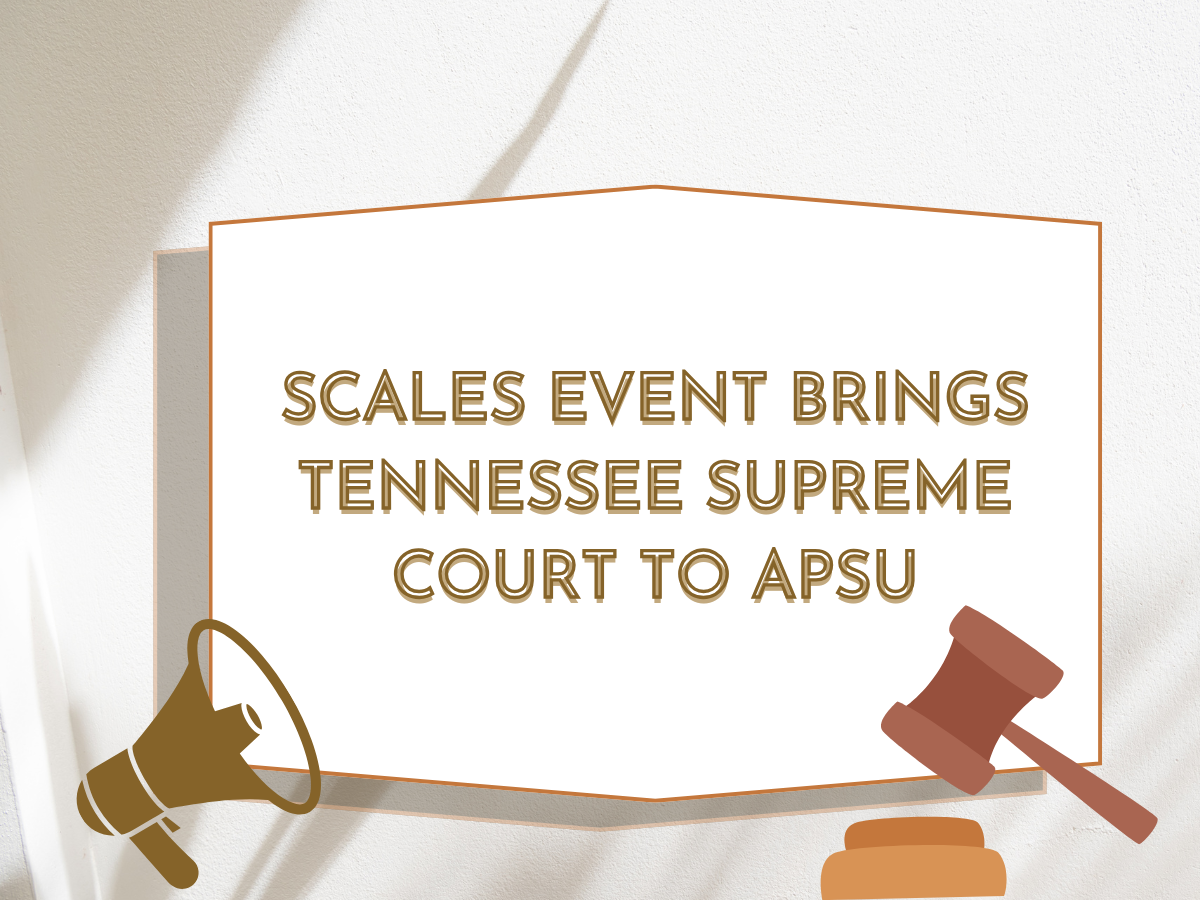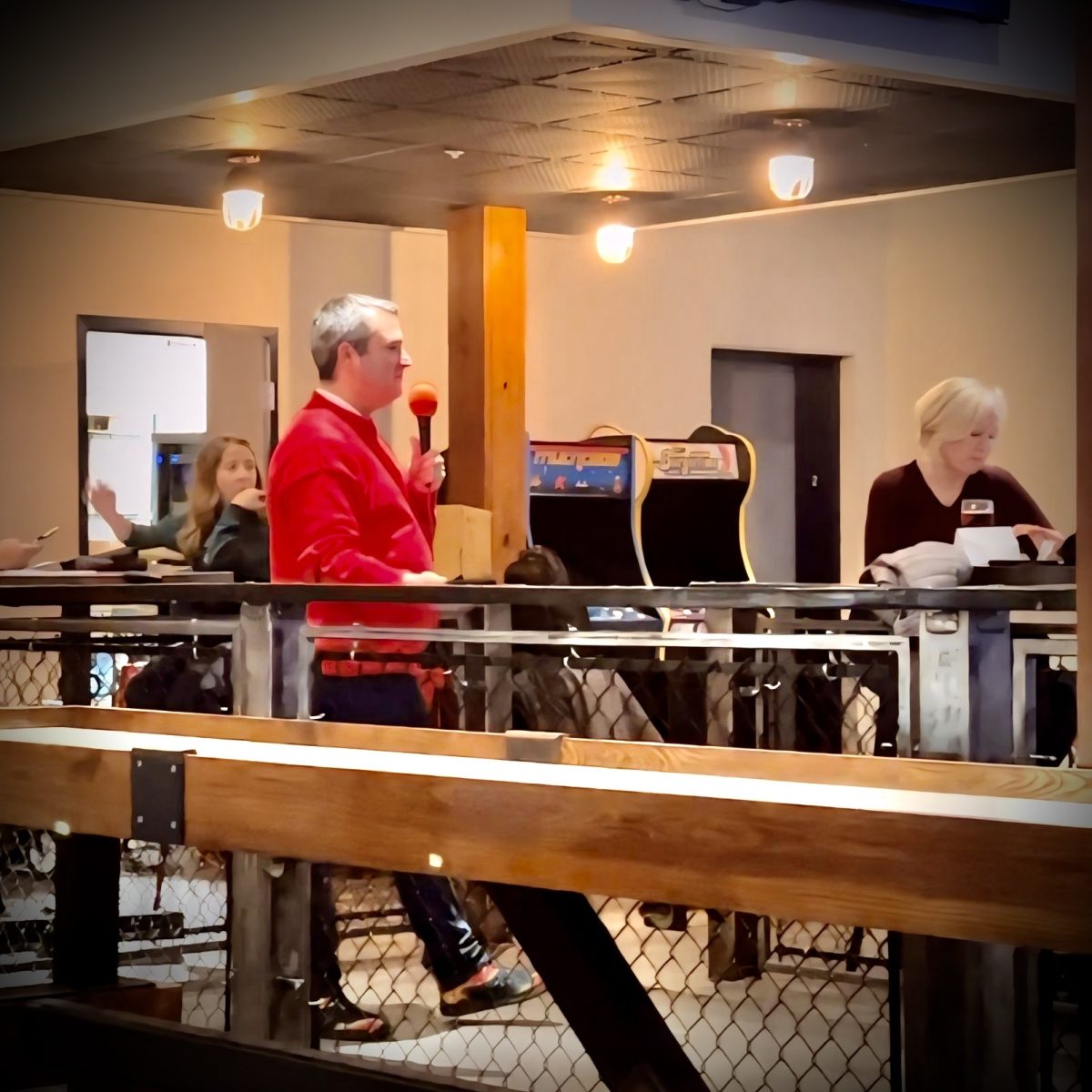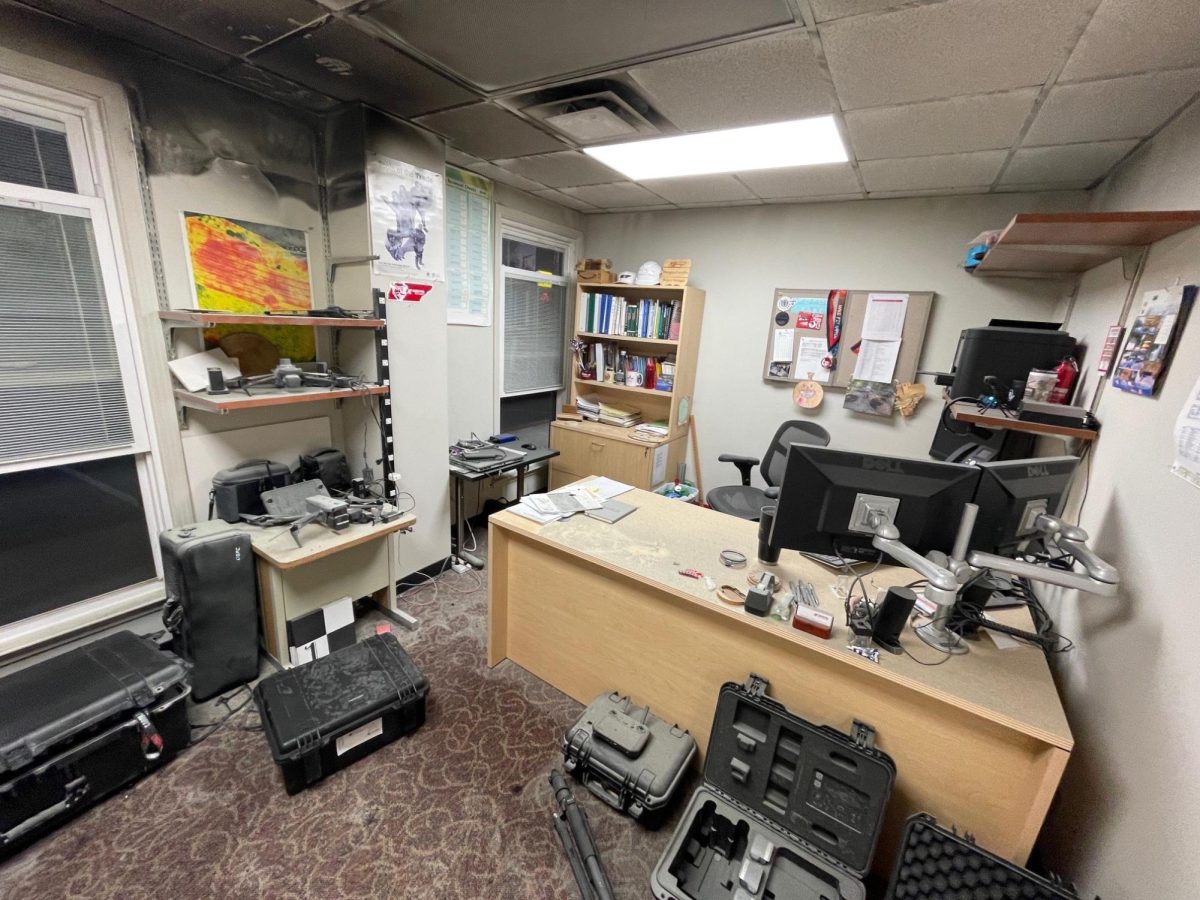For the first time in 38 years a total solar eclipse could be seen in the U.S. The eclipse was visible in only fourteen of the fifty states, which were: Oregon, Idaho, Montana, Wyoming, Nebraska, Kansas, Iowa, Missouri, Illinois, Kentucky, Tennessee, Georgia, North Carolina, and South Carolina. People traveled to these states from all across the country just to watch the eclipse, which lasted just over two minutes, but why?
A total solar eclipse is a big deal because they happen so rarely. A total solar eclipse happens a little less than once a year and only occur when the right conditions are met. For a total solar eclipse to happen, four conditions must be met. There has to be a new moon, the moon must pass in front of the sun, the moon must be near the Earth in orbit, and the Earth, the moon, and the sun must be aligned in a straight line. These things hardly ever occur at the exact same time, making a total solar eclipse rare.
A complete solar eclipse has five phases:
- The partial eclipse begins: During this stage, the moon starts to become visible over the sun.
- The total eclipse begins: During the second stage, the entire sun is covered by the moon.
- Totality and maximum eclipse: At this stage, the moon completely covers the sun and only the sun’s corona (the faint rays of light that silhouette the moon) is visible. This is considered the most dramatic stage of the total solar eclipse. During this time, the sky goes completely dark, the temperature may fall, and animals usually go quiet.
- The total eclipse ends: At this point the moon begins to moving away and the sun reappears.
- The partial eclipse ends: In the last phase of the eclipse, the moon stops overlapping the sun and the eclipse comes to an end.
The last total solar eclipse viewed from the United States was on February 26, 1979 and was visible in only five states and four Canadian provinces.
For some older generations, this was their second eclipse experience. This was the case for Jonathan Hart, who was in high school during the 1979 eclipse. Hart traveled to Clarksville from Beckley, West Virginia to view this year’s eclipse. When asked why he chose to come to Clarksville, Hart said “it seemed like the perfect place to come watch the eclipse because it’s so close to the center line for totality.” Hart also chose Clarksville because his niece at APSU.
Angie Judish, who works in the Human Resources department here on campus, was also out enjoying the eclipse. While Judish found it really strange to watch it get dark at 1:30, she said it was “really pretty to look at, especially at totality”.
Those who missed the eclipse today will have to wait seven years for another opportunity like this. The next total solar eclipse that will be visible from the United States of America will be seen from Texas to Maine on April 8, 2024. The next annular, or partial, eclipse that will be seen from the United States will be on October 15, 2023 and will be visible from Northern California to Florida.







